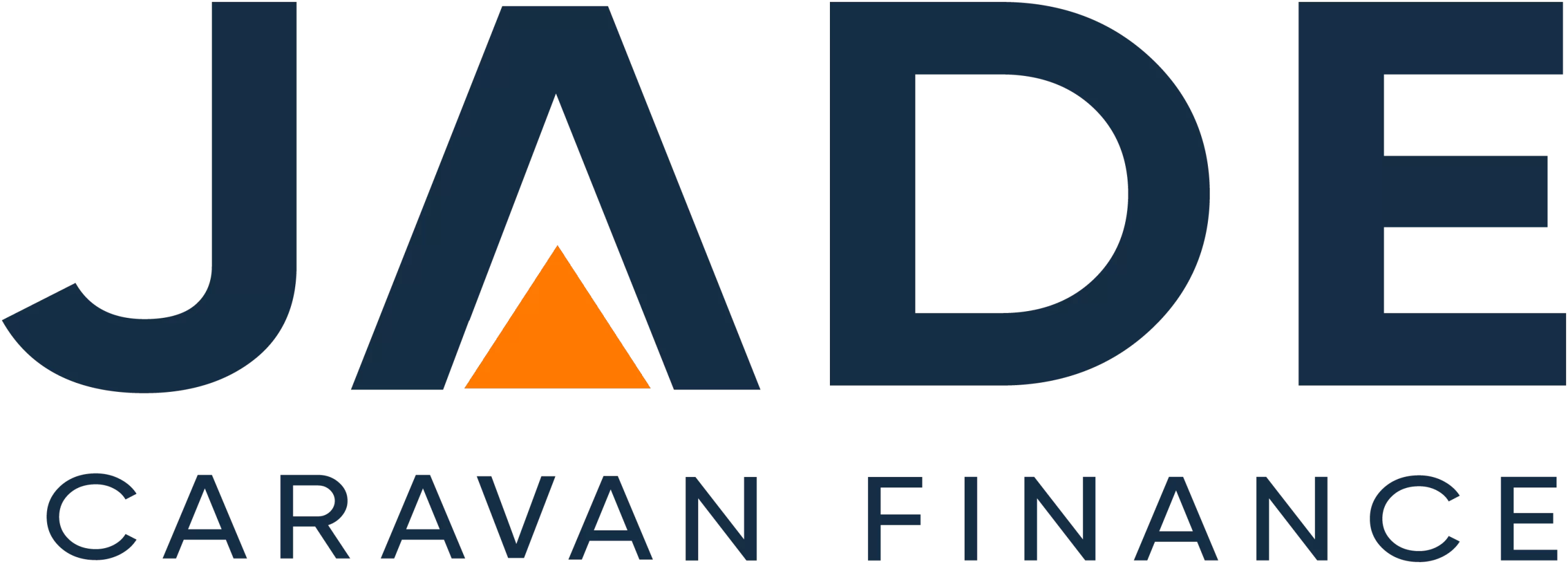The August meeting of the Reserve Bank of Australia (RBA) Board delivered yet another rate increase for Australians. The latest RBA rate hike takes the cash rate to 1.85% which is a major increase from the record historic low rate of 0.1% which was the setting just a few months earlier. The latest rate hike came as no real surprise to both the lending market and the general public. The RBA had indicated in its July statement that more rises would be needed to control soaring inflation.
Adding to the level of expectation was the July release of both the employment data for June and the quarterly inflation figures. Released by the ABS both sets of data revealed changes that were key to RBA rises. Unemployment dropped dramatically to 3.5% and inflation rose dramatically to 6.1%.
The rate rise decision by the RBA will lead to increases in interest rates across sectors including RV finance. To place the latest rate hike in context, we have summarised the key take-outs from Governor Lowe’s August Board statement.
August RBA Statement
For anyone considering taking on finance, reviewing the monthly RBA Board meeting statement can be extremely helpful in planning. The details include the Bank’s overview of the current situation and its outlook and forecasts which will form future rate decisions.
The statement issued on 2 August includes some insightful information that is worth digesting.
Information you need to know includes:-
- The RBA made the decision to increase the cash rate by 0.5% at its August meeting.
- This now means rate rises have been implemented after the past 4 RBA Board meetings.
- The cash rate has been lifted from the April level of 0.1% which had been held for over 20 months to the August level of 1.85%. A significant rise in a relatively short period.
- In making the August decision, the Board confirmed its priority of achieving a return of the 2-3% inflation target level. Inflation currently sits at 6.1%.
- The Board notes however that this target would be pursued while still maintaining a good balance and position for the economy. Governor Lowe noted that there was only a narrow or fine path available to achieve this balance.
- A number of uncertainties around the economy were detailed. These included global issues and factors as well as issues specific to the Australian economy.
- Globally, the Bank sees the Ukraine situation, high global inflation, many countries tightening their monetary settings through rate rises, supply chain issues and the approach by China to their COVID outbreak as notable impacts on Australia’s situation.
- Inflation is at the highest it has been since the 1990s.
- The domestic impacts on inflation include the flood effects on prices for food and a combination of other issues as the economy comes out of the restrictive COVID period and into recovery mode.
- These issues include the very strong level of demand in the economy. This however is countered by supply side constraints being caused by the tight labour situation with unemployment at a very low 3.5%. This is creating problems for businesses in constraining their ability to achieve full capacity. In turn, this causes supply issues which cannot meet demand and are driving up prices.
- Inflation is expected by the RBA in 2022 to reach 7.75%. In 2023 the Bank expects inflation to be just above 4% before falling in 2024 to closer to its 2-3% target range.
- Economic growth is expected to be lower in pace but strong. 3.25% for this year and 1.75% for the following two years.
- Unemployment levels are expected to fall even further than the low currently of 3.5%.
- Domestically, uncertainty is seen around the behaviour and spending patterns in the consumer market. Price hikes and inflation are impacting household budgets and a drop has been recorded in the confidence of consumers. On the positive side, however, jobs are clearly being found as is shown by the unemployment data and extra hours of work appear to be being obtained. This is adding to income levels.
In closing, Governor Lowe points out that the data that will be incoming over time will be closely watched by the Board and future decisions around rate rises will be guided by the data. A clear indication that additional rate rises are ahead is given.
RV Finance Effects
Following RBA rate rises, lenders increase their interest rates. So it will be expected that interest rates on caravan finance will see rises. As rates vary across the lender market, so will the rate increases.
Securing a fixed interest rate caravan loan such as our Secured Caravan Loan can ensure buyers that their loan rate and repayments would not be subject to future rate rises during the finance term.
On the back of the latest RBA rate hike RV buyers can utilise specialist lender services from Jade Caravan Finance to source the cheapest interest rate loans.
Contact Jade Caravan Finance on 1300 000 003 for further information and quotes on securing a fixed interest rate caravan loan at better interest rates.
DISCLAIMER: THE DETAILS AND INFORMATION IN THIS CONTENT ARE PREPARED AND PRESENTED PURELY FOR INFORMATION AND NOT INTENDED IN ANY WAY AS THE SOLE SOURCE OF FINANCIAL ADVICE FOR CARAVAN PURCHASING. IF ADDITIONAL FINANCIAL ADVICE IS REQUIRED, READERS SHOULD REFER TO A FINANCIAL ADVISOR. NO LIABILITY IS ACCEPTED FOR ANY ERRORS, PRODUCT DESCRIPTION VARIATIONS, OR OTHER MISREPRESENTATIONS OF INFORMATION AS PRESENTED.


